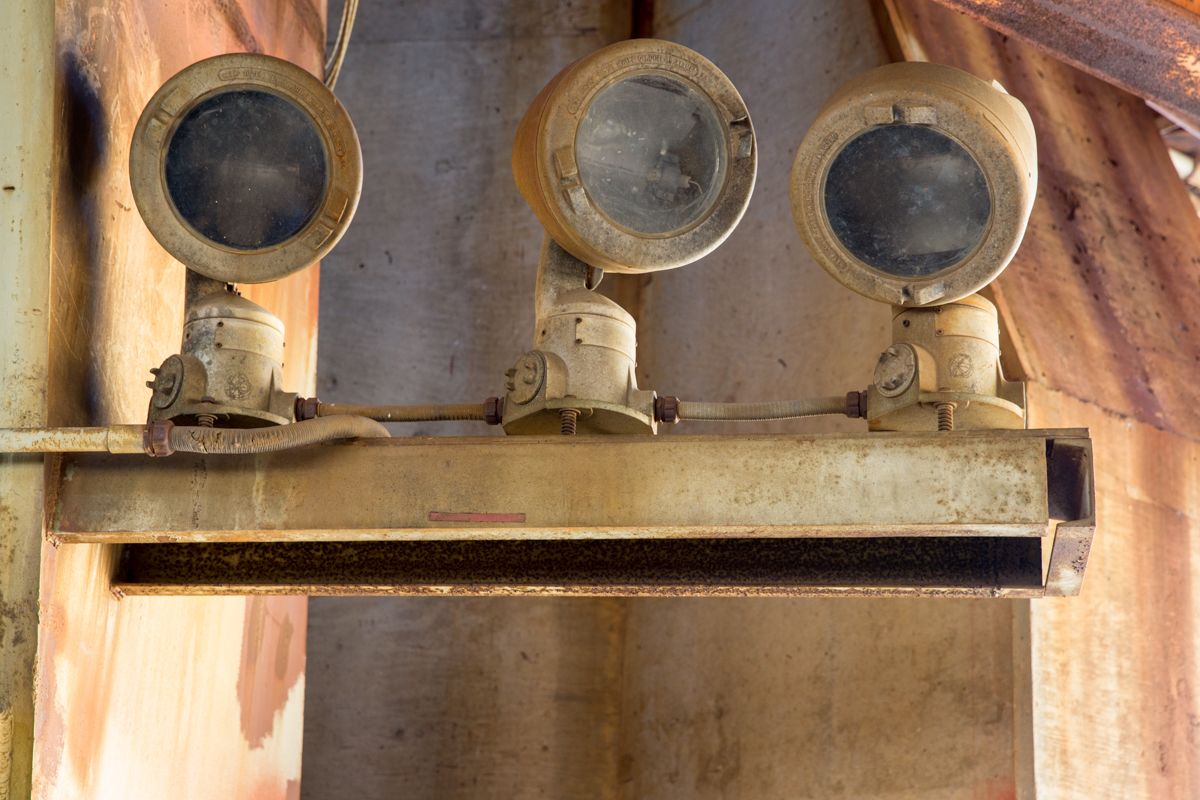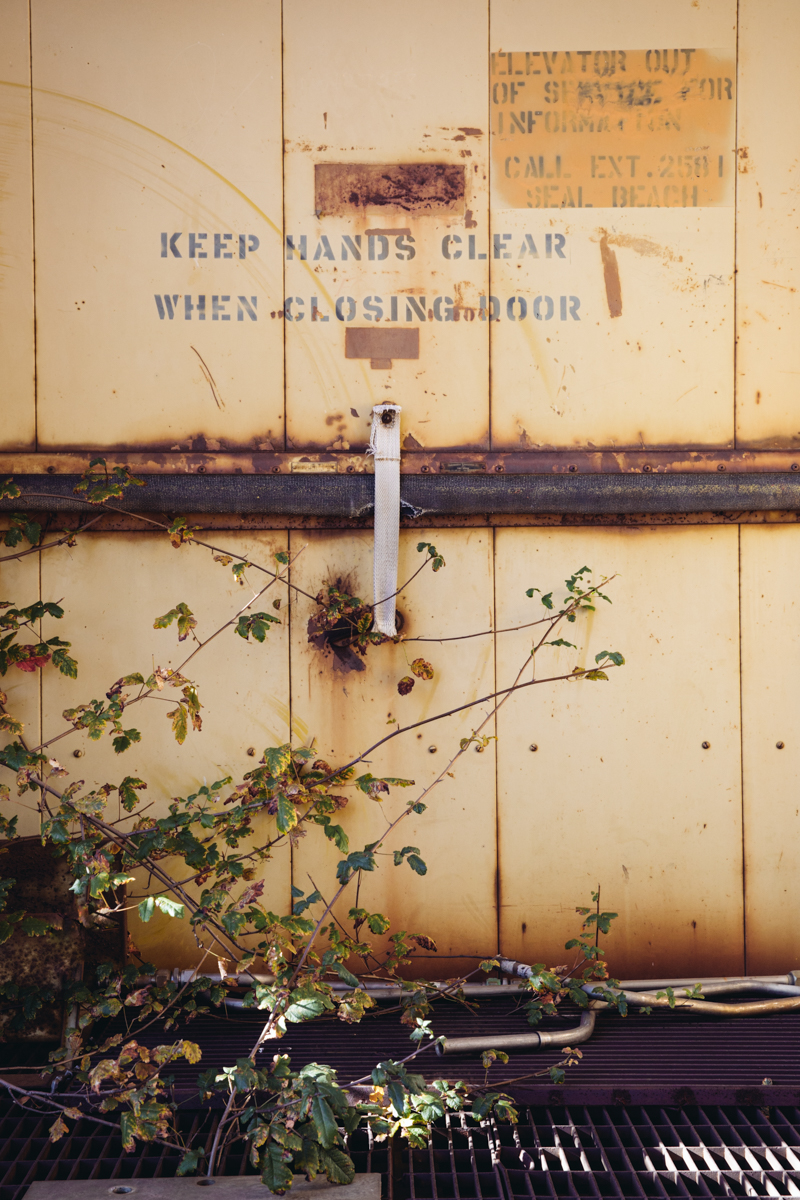Santa Susana Field Laboratory, California
The Santa Susana Field Laboratory is located in the Simi Hills on just under 3,000 acres of land. The property is comprised of four different administrative areas: Area I, Area II, Area III and Area IV. Currently, Area I, Area III and Area IV are owned and operated by the Boeing Company. Area II is owned by the US Government and used by NASA.
Shortly after World War II, North American Aviation (NAA) purchased the land for rocket testing and formed Rocketdyne, later known as Rockwell International Corporation.
Between 1954 and 1957, the NAA constructed Alpha, Bravo, Coca and Delta test stands, which were designed to test various propellants and different firing positions, under contract with the US Air Force, on the land known as Area II. This type of testing within the Santa Susana Facility has led to many major improvements of weapons and space vehicles, including the Apollo missions, Space Shuttle Programs and Air Force missile programs.
Three test stands were constructed in area Alpha in 1955 and initially designed to conduct engine testing for Navajo, Jupiter, Thor and Atlas programs. The first launch of the Alpha test stands was in 1960 and the last launch was in 1990.
Bravo test stands were activated in 1956 and designed to test Thors, Atlas and Delta engines, but soon after construction completed, modifications were done to accommodate large testing components. The testing done on the F-1 engine turbopumps and thrust chamber were the most significant historic moments of the Bravo test area.
Coca I was completed in 1956 and was originally constructed to be 48 feet tall, which was all that was required to support the engines of the Apollo. In 1966, Coca IV, a much larger test stand was completed nearby and reached 105 feet in height. In the 1960's the Coca test stands played major roles in the Apollo program, which sent astronauts to the moon. Modifications continued into the early 1970's with the addition of work platforms, which subsequently increased the overall size again, to accommodate testing on the Space Shuttle Main Engine (SSME).
The Delta test area, not pictured below, played a major role in testing of the Jupiter and Thor engines.
In 1983, traces of TCE (Trichloroethylene) were found throughout the soil, surface and ground water as a result of all the testing that occurred over the years. NASA, in cooperation with Boeing, is actively engaged in a clean-up process. Part of the clean-up involves the demolition of the remaining test stands. The Delta test stands have already been demolished and sadly the Coca test stands are expected to be removed in the near future.













































